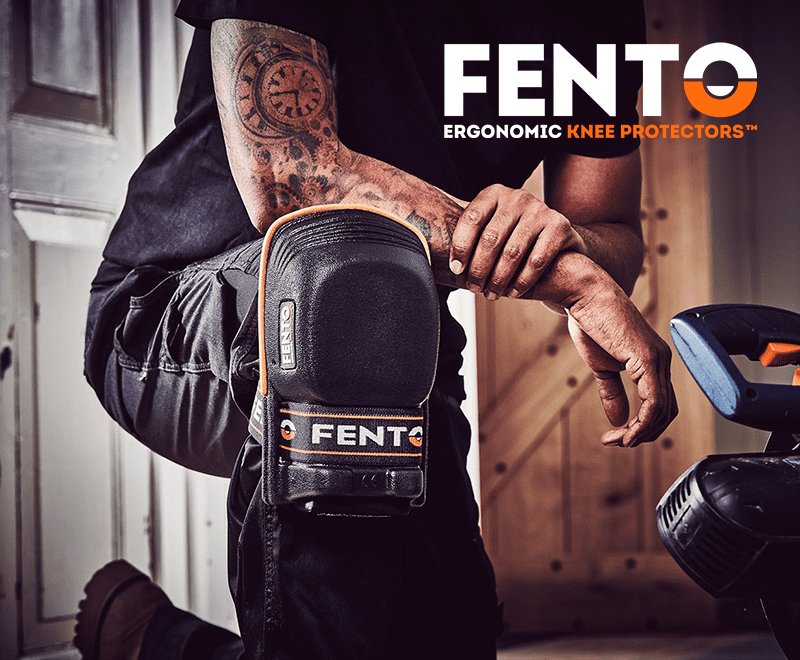Jack Bottesch, product marketing manager for tile fixing from Saint-Gobain Weber, shares his top tips for installing a tanking system
Wetrooms are becoming increasingly popular in both residential and commercial properties and it’s easy to see why. In small or awkwardly shaped bathrooms, wetrooms remove the need for bulky shower doors or shower trays, helping to make the most of the available space and providing opportunities to get creative with tiling and lighting.
Wetrooms also have many practical benefits. The seamless surfaces with fewer fixtures and fittings make it easier to clean, and a level-entry wetroom makes it easier for those with limited mobility to use, making it the perfect solution for multi-generational households.
These spaces are subjected to high water usage and humidity, so the installation of a wetroom must be right first time. Getting it wrong can result in various issues including leaks, bad odour and mould, but using a tanking system provides an additional layer of protection from moisture that should help to avoid these problems, if installed correctly.
Under BS 5385-1:2018, a suitable tanking membrane should be fitted before tiling a wet area, even in domestic locations.
Although tiles can withstand high levels of moisture, it’s difficult to ensure a complete seal at the grout joints and this is often where leaks occur, particularly internal corners and around pipes, plugholes and trim.
Cement-based grouts are unaffected by water once set but are porous so will allow water to seep through and if the joint isn’t completely filled with grout, water will get through much more easily. There is also a degree of wear and tear from general use and cleaning that will erode and weaken grout over time, reducing its ability to resist the passage of water.
The substrates beneath them are often water-sensitive materials, such as plywood, plaster and plasterboard, which need to be protected from damage by any water that penetrates the tiling layer by applying a tanking system.
Before tanking walls or floors, ensure the surface is clean, dry, sound and rigid. Existing surface layers, such as paint or tiles, must be well adhered to a sound substrate. The surface to be coated must be free of wax and grease, and any dirt or dust must be washed off and allowed to dry.
Once the substrate has been prepared, use a tile primer and allow to dry.
When applying an under tile tanking kit, such as webersys protect, pay particular attention to application into the vertical and horizontal corners, into small cracks (less than 2mm wide) and along any joints between boards with a short-bristle brush. It should be applied liberally to the base of any protruding pipes and over a square area within 100mm of the pipe.
Cut a length of joint tape to fit and bed it into the liquid waterproofing membrane. Corners should be taped in all three directions to ensure a secure seal and for sealing around pipes, cut a cross in the tape with a knife.
Two coats will need to be applied to the entire surface with a roller or brush. To ensure the surface is completely protected, the second layer should be applied at 90 degrees to the direction of the first coat.
Once the waterproofing membrane is dry, tiles can be fixed using a cement-based adhesive. A flexible adhesive will be needed on substrates with some movement.
Grouting can take place when the adhesive has fully dried. This normally takes at least 24 hours but can be less if using a rapid adhesive.
Fill the joints around the perimeter and in all horizontal and vertical internal corners with silicone sealant to allow for movement, paying particular attention to junctions between dissimilar backgrounds. Allow the grout and sealant to fully cure before using the installation. Grout and sealant must be fully cured before the wetroom can be used.
A properly installed tanking system is critical to the function and longevity of a wetroom.
www.uk.weber/webersys-protect









